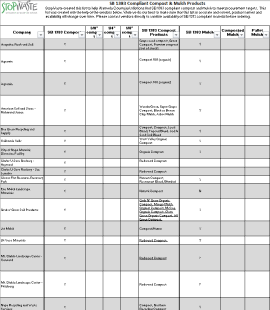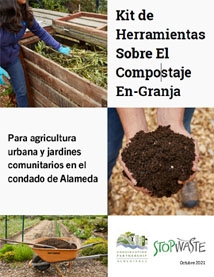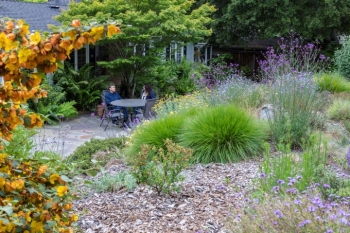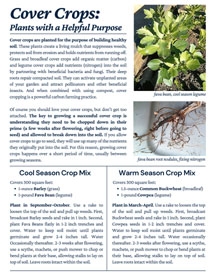Resource Library


 | 07/02/2021
| 07/02/2021EBMUD is doubling their lawn conversion rebates to $1.50 per sq ft! Replacing your lawn with water-wise plants will help your yard face a long-term drought.
Read MoreDownload this Excel spreadsheet that contains all of the questions and answers from StopWaste's Worm Composting Webinar that was presented on February 27, 2021. To watch a recording of the webinar, click here.
Read More
Worms are the poster child of healthy soil. They are the most efficient and hardworking invertebrates in the soil ecosystem for decomposing dead plants and animals and producing castings rich in organic matter. Worms happily dwell, burrow, and reproduce in soils with adequate moisture and organic matter.
Read MoreAre you a visual learner? If you took a big scoop of soil and hand sorted every little crumb into different categories, what would you find? Among many other things, you would probably have separate piles of sand, silt, and clay. The relative size of each pile of sand, silt, and clay would help determine the type of soil you have.
Read MoreCompost is the perfect boost your soil mix needs to grow big and healthy plants from seeds. Mix 1 part compost to 3 parts potting soil for a super charged seed starting formula. Watch this video to learn how.
Read More